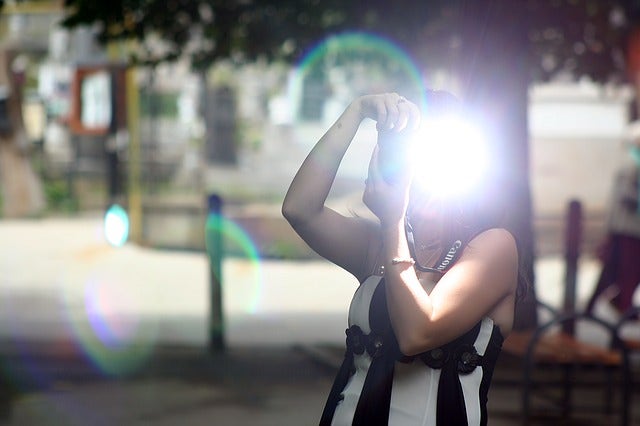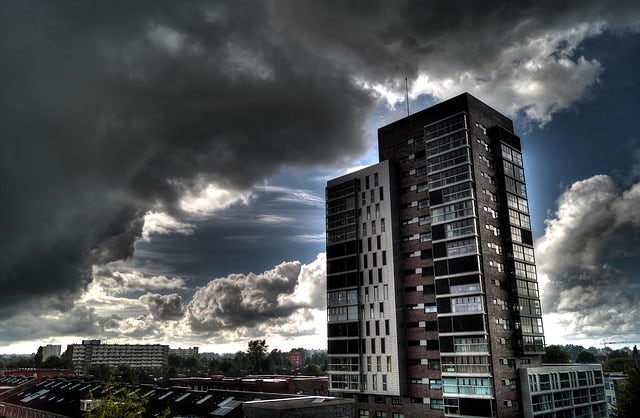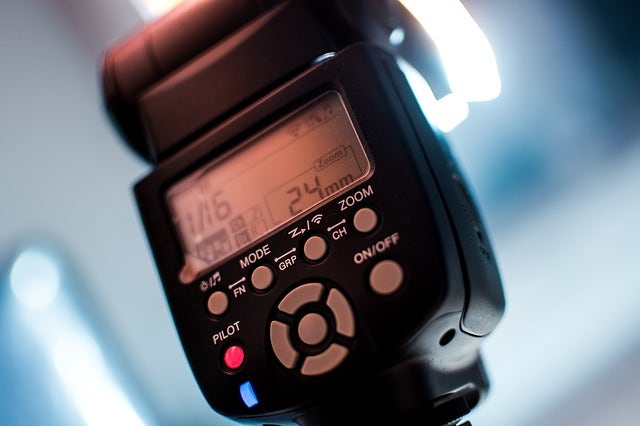
Light is important to photography. It can be the deciding factor in whether a shot is picture-perfect or sent to the Recycle Bin.
Good photography is about how you as the photographer use and capture light. Lighting influences colours, tones, highlights and shadows and the texture of a photograph. So you really want to get it right.
Do You Need Flash?
Flash can be handy in certain scenarios to enhance the dramatic effect or to highlight details in low light. But it can get overused because it’s often the only option people think they have when photographing in low light.
A flash can have a detrimental effect on your shots in certain situations. Flash lighting can sometimes flatten the image, and create a red-eye effect in subjects and harsh highlights for some skin tones. It can also drain your camera’s battery.
There are many options to consider before you resort to flash. Read on to learn about alternatives to camera flash in your photography.

Using Natural Light and Light from Different Sources
Ambient light can include sunlight, outside or through a window, moonlight on a particularly bright night, light from a candle or indoor lighting from ceiling lights or lamps.
Natural light can be used effectively to capture the colour temperatures, highlights and shadows you want. Light from a window can illuminate an indoor scene. You can control natural light by using a reflector or changing the orientation of your subject.
Alternatively, use lamps or torches to direct light to your subject easily and without expensive equipment.
Keep in mind your camera’s white balance might be affected by different types of light. You may need to set a custom white balance setting.
Discover HDR Mode
High Dynamic Range imaging captures three images using different exposures and combines them to use the best parts of each image, adding a dynamic range to the single image.

You can do this manually using post-production software, but many cameras, even smartphone cameras, have it as a built-in feature.
With HDR, the exposure is longer, so attach your camera to a tripod to keep it from moving between exposures. That way you’ll get you a crisper image.
The longer exposure and combination of exposures is much more forgiving of low light conditions than your normal settings. HDR will capture an image that is closer to what the human eye sees, rather than what the camera is sees.
Increase Your ISO for Greater Flexibility
Usually your ISO is set to 100 or 200, which means you are getting the most detail in your photography. This is important to stick to when you have ample light.
But if the sun is going down and the scene is getting darker, you should increase the ISO. It’s a bit of a juggling act, because you still want to keep it as low as possible but also high enough to increase the level of sensitivity of your camera to light.
A higher ISO increases grain and noise, so you only want to use it when you need it in low light situations. A better idea is to increase your shutter speed. However, you will certainly need a camera tripod for this in dark photo shoots.

When You Will Want Flash
Just because there are plenty of ways to avoid using a flash, it doesn’t mean you shouldn’t ever use flash. You’ll find you may still need flash lighting when photographing indoors or when the light behind the subject is unavoidable.
To prevent some of the problems that can occur with flash photography, you can aim the flash away from the subject, bouncing the light off the ceiling or the wall to prevent your image from being flattened.
Upgrading to a flash gun from a built-in flash can also improve your flash photography. A flash gun can often work at more shutter speeds and have customisable settings to broaden your scope for working with flash photography.
It can be tricky to get it right when you’re working in low light scenarios. Having the best camera equipment for night photography can help. But sometimes it is just about being creative with your shot and looking for lighting from all available sources.
